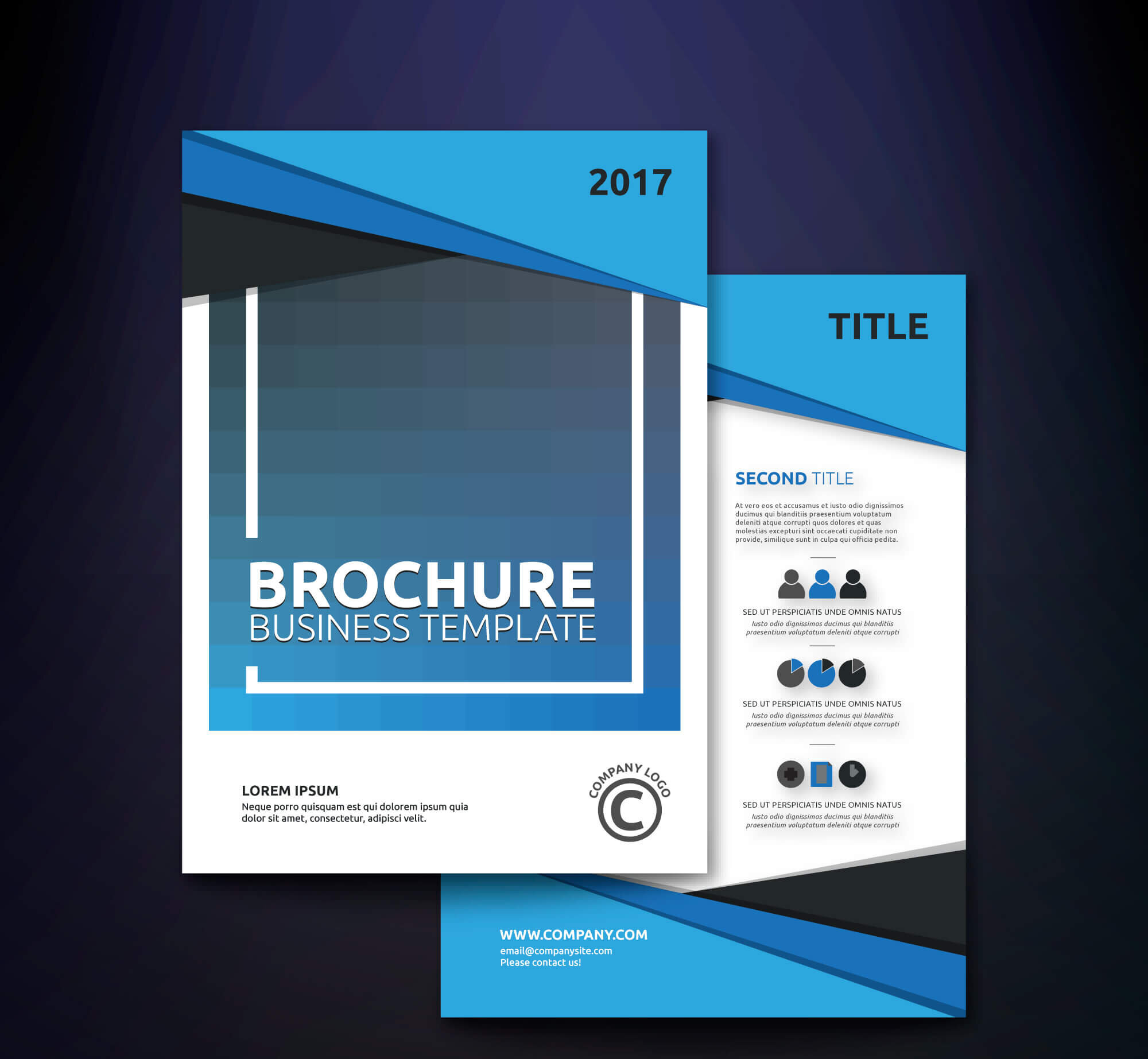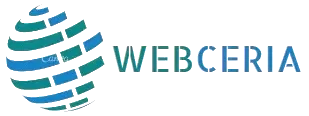Introduction:
Brochures & Flyers are crucial components of any marketing strategy. They are an effective way to convey your message to potential customers and generate leads. Brochures and flyers are versatile marketing tools that can be used in various situations, including trade shows, events, direct mail, and more. In this guide, we will discuss everything you need to know about designing and printing brochures and flyers.
Part 1: Designing Brochures
When designing a brochure, there are several key elements that you need to consider. The first thing to consider is the purpose of the brochure. Is it meant to promote a specific product or service, or is it intended to provide general information about your business? Once you have determined the purpose of the brochure, you can move on to the design elements.
Brochure Size and Shape:
Brochures come in various sizes and shapes. The most common size is the standard letter size, which is 8.5″ x 11″. However, you can also choose to design a brochure in a custom size or shape that fits your branding and design needs.
Color Scheme:
The color scheme is an essential element of brochure design. Choose a color scheme that reflects your brand and catches the attention of your target audience. Use complementary colors to create a visual hierarchy and make your brochure easy to read.
Typography:
The typography of your brochure should be legible and consistent with your branding. Use a maximum of two to three fonts to maintain consistency and avoid clutter. Make certain that the fonts you select can be read at small sizes.
Images:
Images are an effective way to convey your message visually. Choose high-quality images that are relevant to your message and support your brand. Make use of consistent, high-quality photos.
Content:
The content of your brochure should be clear, concise, and focused on your target audience. Make the information easy to skim by using headings, subheadings, and bullet points. Highlight the benefits of your product or service and provide a call to action.

Part 2: Designing Flyers
Flyers are similar to brochures but are usually single-page documents. They are an effective way to promote events, sales, and other marketing initiatives. When designing a flyer, there are several key elements that you need to consider.
Flyer Size:
Flyers come in various sizes, but the most common size is 8.5″ x 11″. However, you can also choose to design a flyer in a custom size that fits your branding and design needs.
Color Scheme:
The color scheme of your flyer should be consistent with your branding and attention-grabbing. Choose a color scheme that catches the attention of your target audience and makes your flyer stand out from the competition.
Typography:
The typography of your flyer should be legible and consistent with your branding. Use a maximum of two to three fonts to maintain consistency and avoid clutter. Make certain that even at small sizes, the fonts you choose are readable.
Images:
Images are an effective way to convey your message visually. Choose high-quality images that are relevant to your message and support your brand. Make use of consistent, high-quality photos.
Content:
The content of your flyer should be clear, concise, and focused on your target audience. Make the information easy to skim by using headings, subheadings, and bullet points. Highlight the benefits of your product or service and provide a call to action.
Part 3: Printing Brochures and Flyers
Once you have designed your brochure or flyer, it’s time to print it. Here are some tips to ensure that your brochure or flyer looks great when printed
Design Tips for Creating Effective Brochures and Flyers
Now that you know why brochures and flyers are important for your business, it’s time to focus on the design process. The design of your brochure or flyer plays a crucial role in its effectiveness. Here are some tips to help you create a brochure or flyer that stands out and grabs the attention of your target audience:
Keep it Simple
The key to effective brochure and flyer design is simplicity. Potential buyers may become overwhelmed and shy away from a busy design. Maintain a straightforward layout with precise and succinct messaging. Make your text easier to read by using whitespace to divide it into sections.Avoid using too many colors and fonts, as this can make your design look messy and unprofessional.
Focus on Your Target Audience
Your brochure or flyer should be designed with your target audience in mind. Think about what your audience wants and needs, and tailor your messaging and design accordingly. For example, if you’re targeting a younger audience, you might want to use bold colors and modern fonts. If you’re targeting an older audience, you might want to use more traditional fonts and colors.
Use High-Quality Images
Images can make or break your brochure or flyer design. Use high-quality images that are relevant to your messaging and target audience. Stay away from boring and uninspired stock photos. If you’re taking your own photos, make sure they’re well-lit and in focus.
Highlight Your Unique Selling Proposition
Your brochure or flyer should showcase your unique selling proposition (USP) – the one thing that sets your business apart from the competition. Make sure your USP is front and center in your design, and use messaging that highlights your unique features and benefits.
Make Your Call to Action Clear
Your brochure or flyer should have a clear call to action (CTA) that encourages your target audience to take action. Whether you want them to visit your website, call your business, or make a purchase, make sure your CTA is prominent and easy to understand.
Use the Right Color Scheme
Color plays a crucial role in brochure and flyer design. Use colors that are consistent with your brand identity, and that evoke the emotions you want your target audience to feel. For example, if you’re selling a luxury product or service, you might want to use black, gold, or silver to convey a sense of sophistication and elegance.
Choose the Right Fold
If you’re creating a brochure, you’ll need to choose the right fold for your design. The most common folds are tri-fold, bi-fold, and z-fold. Consider the amount of content you have, and how you want your audience to interact with your brochure when choosing a fold.
Conclusion
Brochures and flyers are powerful marketing tools that can help you attract new customers and grow your business. By following the design tips outlined in this article, you can create effective brochures and flyers that stand out and grab the attention of your target audience. Remember to keep your messaging simple, focus on your target audience, use high-quality images, highlight your unique selling proposition, make your call to action clear, use the right color scheme, and choose the right fold for your brochure design.
Also read this amazing article – The Role of Chatbots in Digital Marketing and Customer Service




